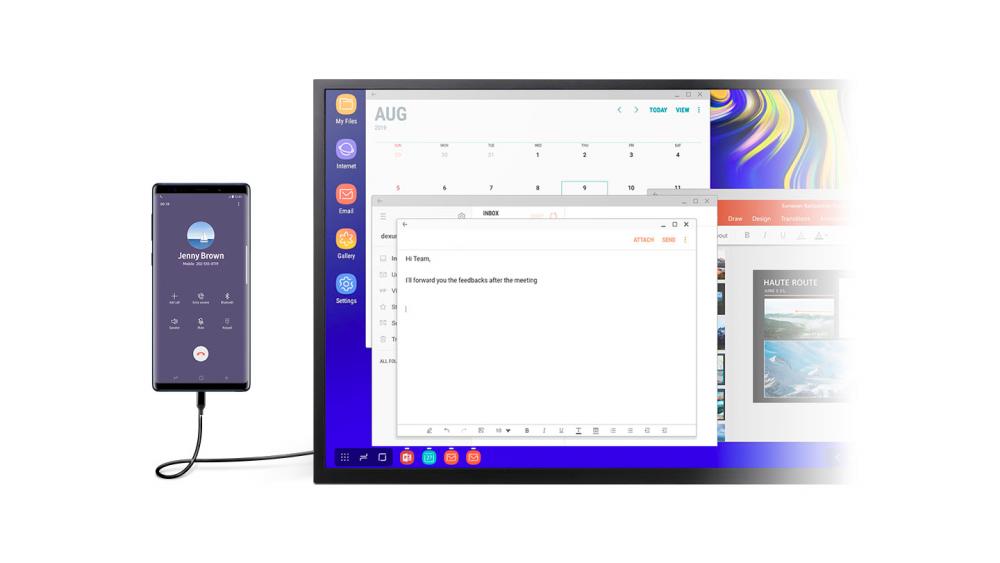NEXT month, Samsung is poised to announce its latest flagship phone, the Samsung Galaxy Note 10.
Rumours about the smartphone flew, ranging from the number of models to the number of cameras, as well as the new features on the S-Pen.
A year ago, I splurged on a Galaxy Note 9 when it was first available for preorder. At RM3,699 for a 128GB model, I had to opt for the 12-month instalment plan. In return, I received a Samsung Gear Sport.
I am still using both the smartphone and the smartwatch today.
To refresh our memories, the Note 9 has a 6.4in Quad HD+ Super Amoled display with an elongated 18.5:9 screen ratio, Samsung’s own Exynos 9810 processor, and either 6GB of memory and 128GB of storage, or 8GB of memory and 512GB of storage.
It also has dual 12MP rear cameras with all the cutting-edge features of the time and an 8MP front-facing camera. All this is powered by a 4,000mAh battery.
The Note 9 was big when it was launched, and now, it is considered huge. It measures 161.9mm-by-76.4mm-by-8.8mm, complete with bezels, a forehead and a chin, and it weighs 121g.
The main reason I opted for a Note 9 was because it’s a dependable workhorse.
The large elongated high-resolution screen makes it a perfect notepad when combined with the stylus, and the best phone screen to read on.
The resolution of images and videos are often more than enough to be published in the paper, and the directional microphone combined with the voice recorder makes for an indispensable tool when conducting interviews in the field.
Even when, at the moment, I have a smaller, but arguably, more powerful phone on loan, I keep returning to my Note 9 for games, videos, and RSS feeds.
It is my primary podcast aggregator, my GPS, and where I prefer to browse apps and websites that are filled with text and images.
It’s always in my bag or beside my bed in its protective casing with a screen protector.
However, despite all that power, capability, and updates to the user interface throughout the year, the one feature of the Note 9 that I use every day without fail is Samsung Pay.
It works with point-of-sales systems that accept ‘tap to pay’, and helps me keep an eye on my budget and make those monthly payments.
I only wish that more parking spaces accept this payment option. Sometimes, I just don’t have small bills on hand, and paying 10% convenience tax for the ‘other’ cashless option is just ridiculous.
It was only recently that I started using Note 9’s Dex feature.
Samsung Dex transforms the portable device into a practical and minimalist desktop that could take advantage of most Android apps and the few Dex-enhanced apps.
I have wanted to get a laptop so I could work from home, but I am still paying for the phone, so I thought taking advantage of the Dex would be a good idea.
I just need a monitor, a USB C-to-HDMI cable, and a Bluetooth keyboard. The phone itself can be used as a trackpad.
My desktop setup consists of a 24.5in gaming monitor that I won in a lucky draw, an overpriced dongle with an extra USB port that is meant for laptops but doesn’t charge the phone, a Bluetooth keyboard, and a wireless mouse.
It is more than adequate to run a word processor like Google Docs and Microsoft Word, and allow me to browse the web with Google Chrome or Opera, and even play some games on. But I use it mainly for working at home.
In the year I have had the Galaxy Note 9, I also had the pleasure of reviewing several other phones, including Samsung’s recent hero, the Galaxy S10.
Each time, I return to my Note 9.
I can’t imagine taking any other smartphone on assignment to take notes, record interviews, edit pictures, and make videos with – except perhaps for the upcoming Samsung Galaxy Note 10.















